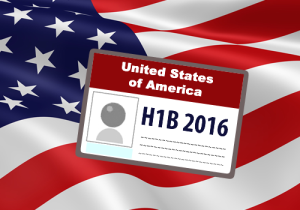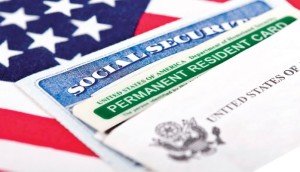The Best and Worst Cities at Retaining College Graduates
This is a statistically-based article that methodically and neatly describes the large metros in the United States and their ability to retain college graduates. The flight of college graduates is a concern for many metropolitan cities. A high retention rate of college graduates can be viewed as a reliable indicator of economic viability.
The article misses a critical point: immigration.
At US colleges and universities, large and small, the number of foreign students is high. Foreign students from all over the world, flock to American universities for education and the opportunities that education opens. Well over a million F-1 visa students are in the United States. However, their post-graduate options are limited. Someone who attends undergraduate and graduate school in the same city may have embedded himself into the community. That graduate, however, may not have the ability to stay in the United States. Only 85,000 cap subject H-1B visas are available. The O-1 visa bears a high standard for eligibility. J visa ability is limited. L visas have foreign restrictions that would make them unviable for US college graduates. Not every country allows for E visas (notoriously India) and even then, that is an extraordinary expense and may not comport with what the graduate is pursuing. Immigration visas are generally shut off for recent graduates.
There are millions of foreign graduates and not a commensurate number of visas or options to retain their talents and skills. Graduate retention rates would be higher for many cities if foreign national recent graduates had the ability to stay in the United States and work for employers that want to hire them. For example, 233,000 H-1B cap-subject visas were filed last year for the 85,000 visa spots.
The article did not consider this angle as a reason to why some retention rates are more depressed, but this is certainly a factor. Cities are losing the opportunity to retain their college graduates and the lack of nonimmigrant visa options is a major reason why.

